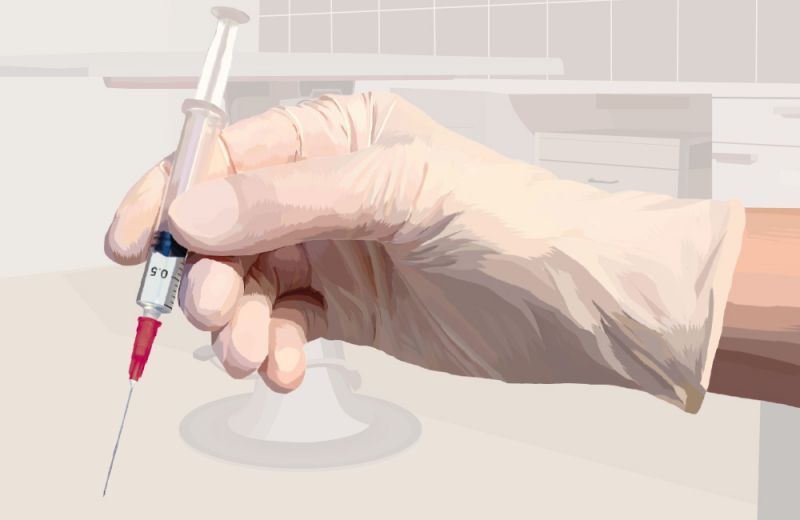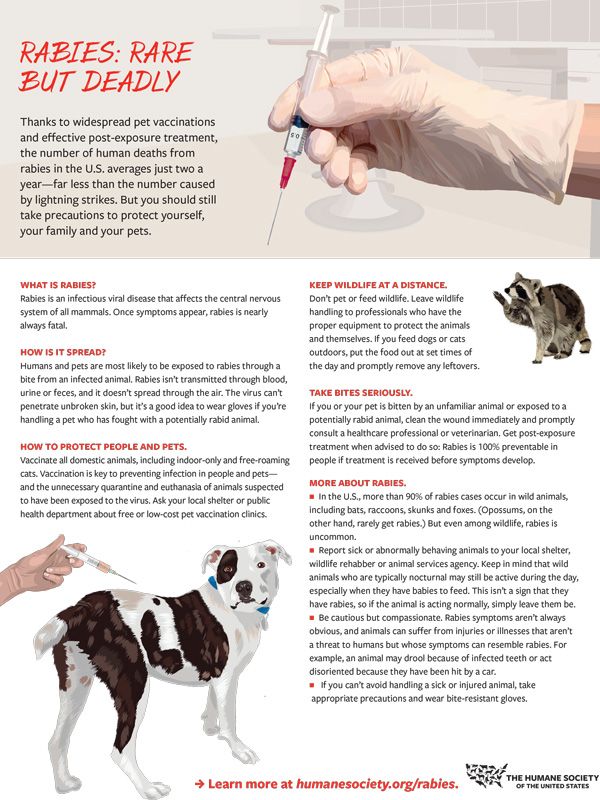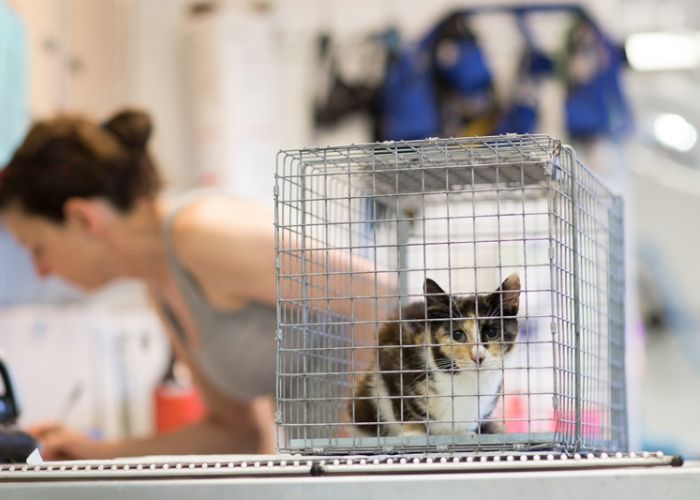Fact sheet: Rabies
Download our fact sheet to educate your community on how to protect pets and people from the disease

Thanks to widespread pet vaccinations and effective post-exposure treatment, the number of human deaths from rabies in the U.S. averages just two a year—far less than the number caused by lightning strikes. But you should still take precautions to protect yourself, your family and your pets.
What is rabies?
Rabies is an infectious viral disease that affects the central nervous system of all mammals. Once symptoms appear, rabies is nearly always fatal.
How is it spread?
Vaccinate all domestic animals, including indoor-only and free-roaming cats. Vaccination is key to preventing infection in people and pets—and the unnecessary quarantine and euthanasia of animals suspected to have been exposed to the virus. Ask your local shelter or public health department about free or low-cost pet vaccination clinics.
How to protect people and pets
Humans and pets are most likely to be exposed to rabies through a bite from an infected animal. Rabies isn’t transmitted through blood, urine or feces, and it doesn’t spread through the air. The virus can’t penetrate intact skin, but it’s still a good idea to wear gloves if you’re handling a pet who has fought with a potentially rabid animal.
Keep wildlife at a distance
Don’t pet or feed wildlife. Leave wildlife handling to professionals who have the proper equipment to protect the animals and themselves. If you feed dogs or cats outdoors, put the food out at set times of the day and promptly remove any leftovers.
Take bites seriously
If you or your pet is bitten by an unfamiliar animal or exposed to a potentially rabid animal, clean the wound immediately and promptly consult a healthcare professional or veterinarian. Get post-exposure treatment when advised to do so: Rabies is 100% preventable in people if treatment is received before symptoms develop.
More about rabies
- In the U.S., more than 90% of rabies cases occur in wild animals, including bats, raccoons, skunks and foxes. (Opossums, on the other hand, rarely get rabies.) But even among wildlife, rabies is uncommon.
- Report sick or abnormally behaving animals to your local shelter, wildlife rehabber or animal services agency. Keep in mind that wild animals who are typically nocturnal may still be active during the day,
especially when they have babies to feed. This isn’t a sign that they have rabies, so if the animal is acting normally, simply leave them be. - Be cautious but compassionate. Rabies symptoms aren’t always obvious, and animals can suffer from injuries or illnesses that aren’t a threat to humans but whose symptoms can resemble rabies. For example, an animal may drool because of infected teeth or act disoriented because they have been hit by a car.
- If you can’t avoid handling a sick or injured animal, take appropriate precautions and wear bite-resistant gloves.
Learn more at humanesociety.org/rabies.
Document








